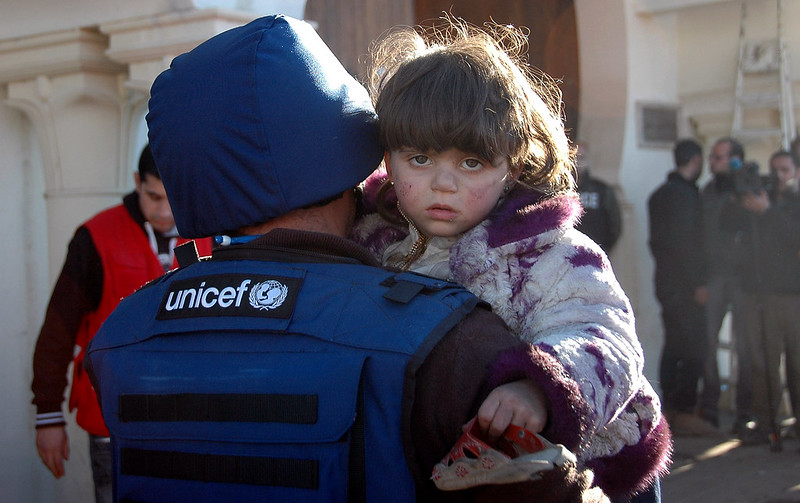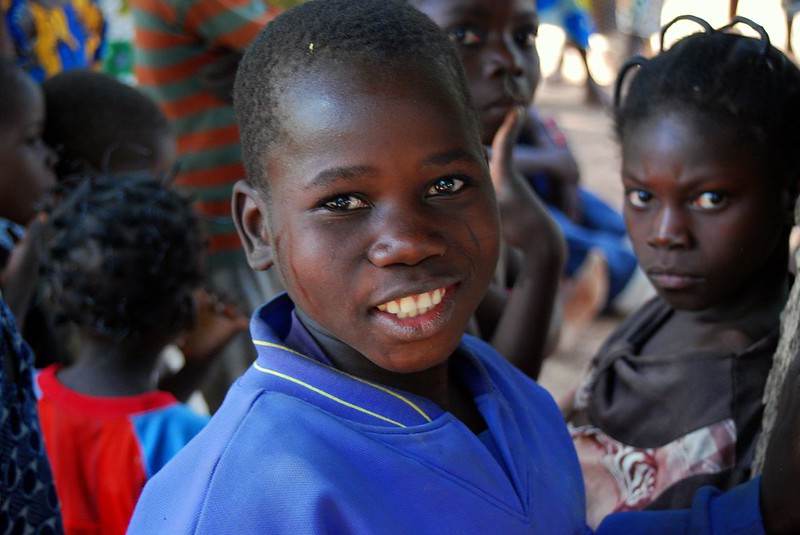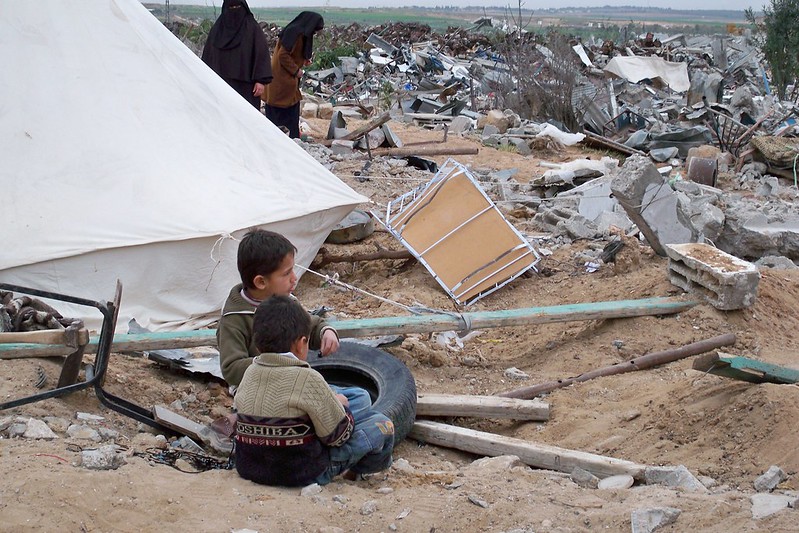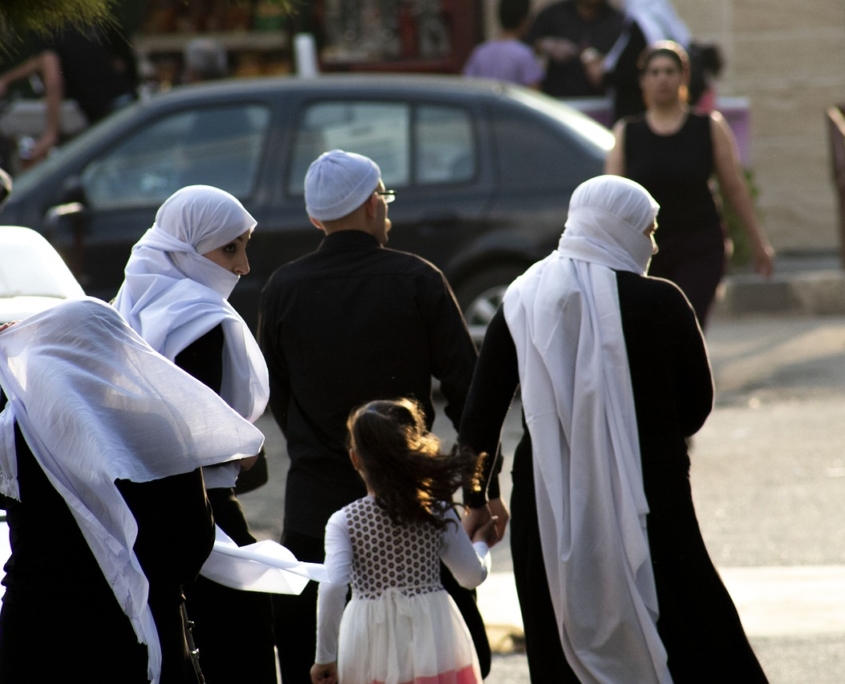 June 16-22, 2025, was Refugee Week, a seven-day festival of exhibitions, talks and events honouring the growing community of those who have been forcibly displaced by conflict, persecution and human rights violations. Taking place in June each year to coincide with June 20, World Refugee Day, the theme for 2025 was ‘Community as a Superpower’, highlighting the importance of banding together to show simple acts of kindness to those who have had to flee their homes.
June 16-22, 2025, was Refugee Week, a seven-day festival of exhibitions, talks and events honouring the growing community of those who have been forcibly displaced by conflict, persecution and human rights violations. Taking place in June each year to coincide with June 20, World Refugee Day, the theme for 2025 was ‘Community as a Superpower’, highlighting the importance of banding together to show simple acts of kindness to those who have had to flee their homes.
Top 10 Events
Below is a list of the top 10 events that took place during Refugee Week in the United Kingdom (U.K.) across schools, community centers and online.
- Serving up Sisterhood Recipe Book. Women for Women International (WfWI), an organisation set up following the Bosnian War where bad actors used rape as a weapon of war against an estimated 50,000 women, has released Serving up Sisterhood, a free, online recipe book. The e-book features 15 traditional recipes from women from 10 countries, including Afghanistan, Kosovo and Nigeria and hopes to evoke flavors of home and foster a sense of community among displaced women and women in poverty.
- Big Leaf Foundation’s Refugee Week (Surrey). Big Leaf Foundation, a Surrey-based organisation working to improve the wellbeing of young displaced people, hosted a series of events this Refugee Week, including an Open Mic night featuring rap, poetry and storytelling; a Sports for Connection football tournament; and Welcome to Our Table, a theatre performance incorporating elements of spoken word, shadow puppetry, live music and food.
- The Refugee Week 2025 Film Program. Counterpoints Arts and Other Cinemas joined forces to come up with a film program for the week, which includes two feature-length films (from Gaza and Afghanistan) and five shorts (from Vietnam, Jamaica, Nigeria, Iran and El Salvador). Furthermore, all of the films are free and globally accessible and explore personal experiences of those who have fled their homes.
- ‘Photos of Edinburgh by New Scots’ Exhibition. A new exhibition at St Mary’s Cathedral in Edinburgh depicts the city through the eyes of refugees and migrants who are new to the Scottish capital. Having all taken part in English classes at the cathedral, the photographers display their new home as they see it, providing a new outlook on the city. The exhibition ran through June 30, 2025.
- Community Clean-Up. Yorkshire VOICES Network hosted a Community Clean-Up in Leeds, empowering refugees to become more active members of their community. The event also had the aim of raising awareness of the need to protect the environment, strengthening community bonds and providing a platform for refugees to speak up about their neighbourhoods.
- ‘Pigments of Prose’ exhibition. Curated in partnership with Portsmouth Libraries and Archives, Portsmouth Central Library has organised an exhibition running until Oct. 1, 2025. Drawing upon themes of migration, resilience and cultural identity, this diverse exhibition of poetry, visual art and lived experiences of migration invites those who visit to reflect on their notions of expression and community.
- ‘A Place at the Table’ Exhibition. In the run-up to Refugee Week, Mercer Art Gallery held a series of workshops for Afghan women who now live in Harrogate. Seated around a large table, the women spent six weeks crafting a tablecloth whilst sharing their personal stories, uniting them while they created a unique piece of art. The tablecloth was on display at the museum during Refugee Week.
- Self-Advocacy Workshop. The Leeds Refugee Forum set up this workshop, which was open to all, with the aim of teaching those who have been displaced how to speak up for themselves and communicate their needs. There were also members of staff to answer questions that those attending had about advocating for themselves.
- Refugee Education Conference. The University of Winchester led a conference uniting refugees and those who work to support them. With exhibitions, presentations and workshops, as well as networking amongst local charity members, the event promoted an increased understanding of education, particularly how to support young refugees succeed in the education system.
- ‘To Own Nothing and the Whole World’ Exhibition. Artists Henna Asikainen and Roua Horanieh put together this exhibition on home and belonging at Baltic Centre for Contemporary Art, which will show until July 6, 2025. Featuring foraged materials from the local area, the art focuses on the links between migration and the environment, specifically the interconnectedness of people, plants and places.
Looking Ahead
Refugee Week highlights the experiences of forcibly displaced people and includes events that recognize the cultures and resilience of refugee communities. According to the United Nations Refugee Agency (UNHCR), one in every 67 people worldwide has been forced to flee their home and children make up 40% of all refugees. However, efforts like donating to refugee-focused charities, volunteering with local organizations or helping to foster a welcoming environment can spell a more positive future for refugee communities.
– Elsa Tarring
Elsa is based in London, UK and focuses on Good News and Global Health for The Borgen Project.
Photo: Flickr
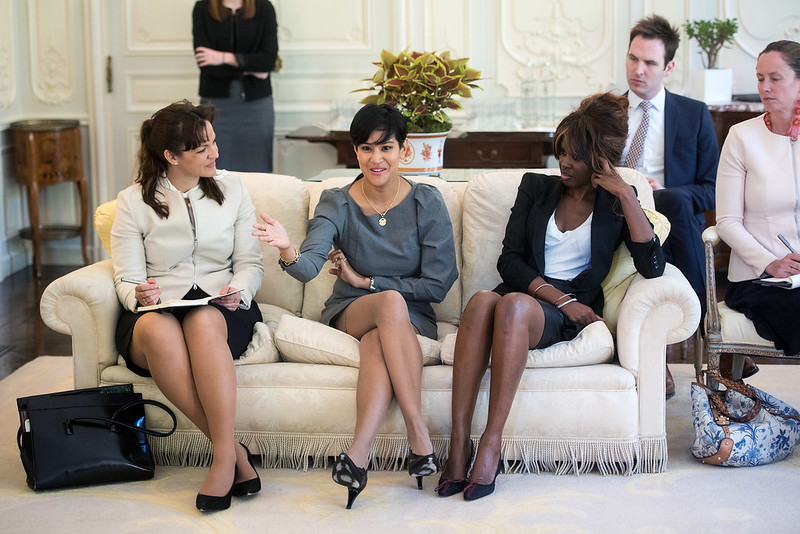 Mental health remains underrepresented in global humanitarian response. According to the World Health Organization (WHO), common mental health conditions
Mental health remains underrepresented in global humanitarian response. According to the World Health Organization (WHO), common mental health conditions 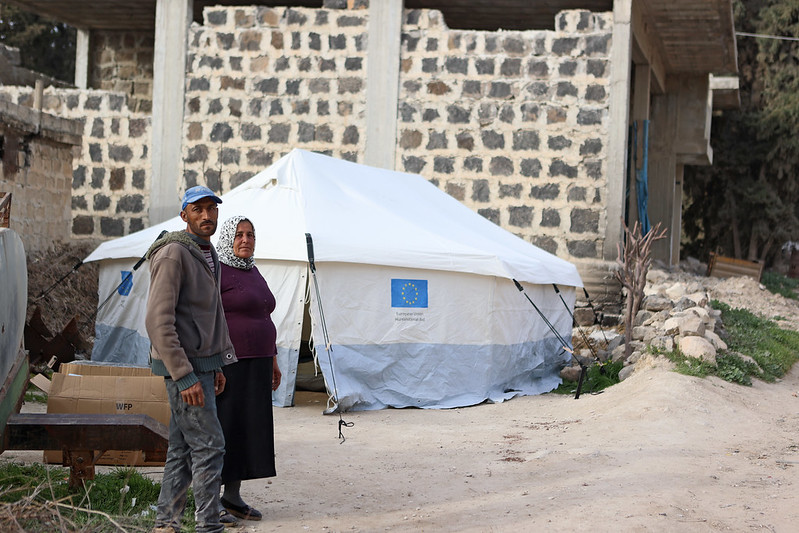
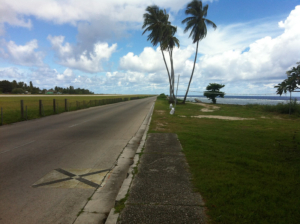
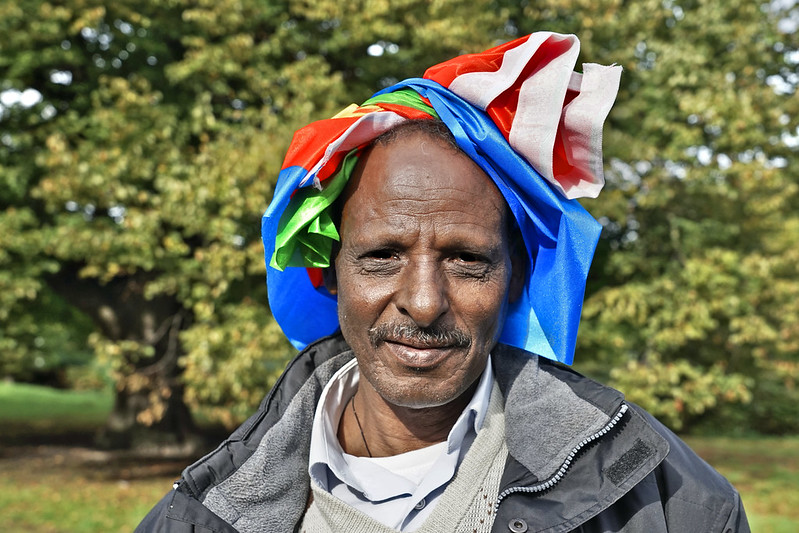
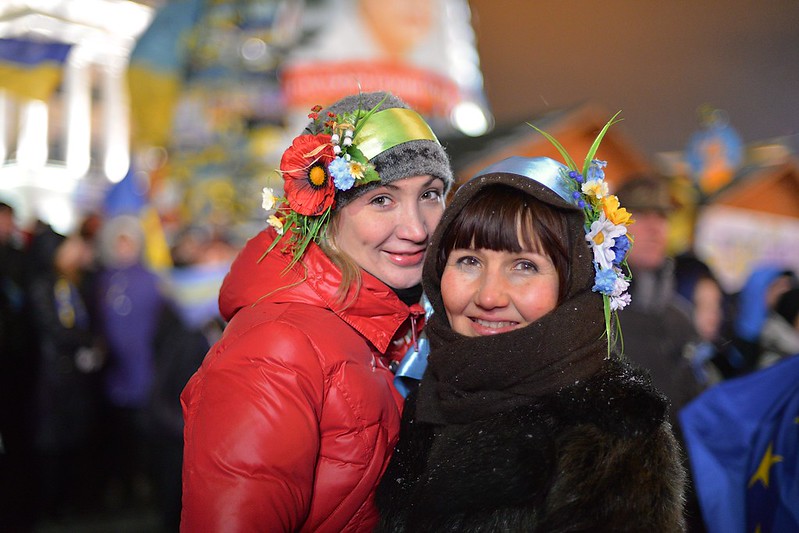 In the first year following the outbreak of war, more than 8,000 Ukrainian civilians lost their lives, prompting one of the fastest population movements since World War II as individuals were compelled to
In the first year following the outbreak of war, more than 8,000 Ukrainian civilians lost their lives, prompting one of the fastest population movements since World War II as individuals were compelled to 